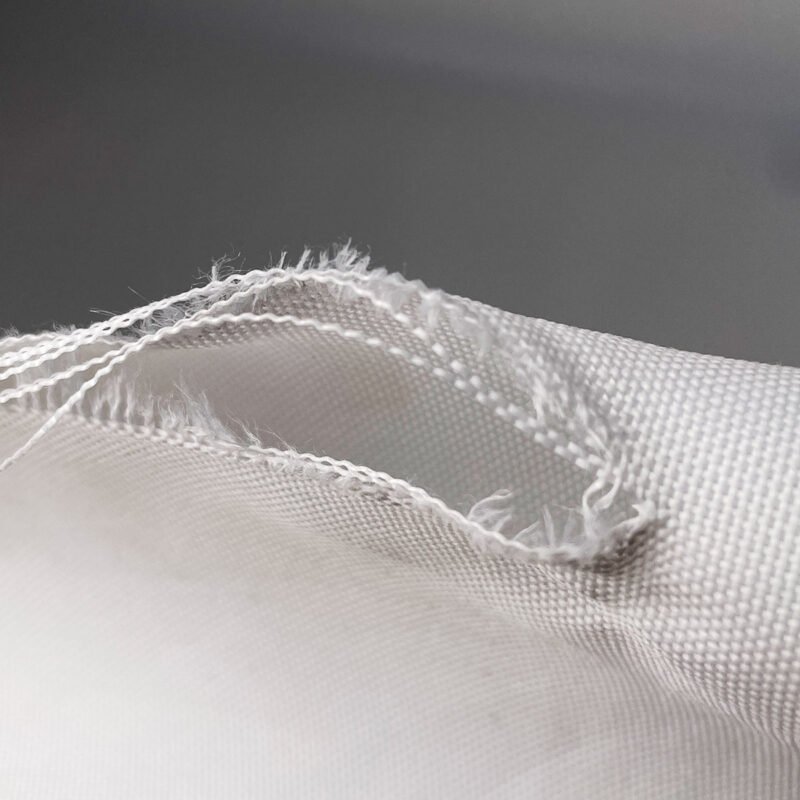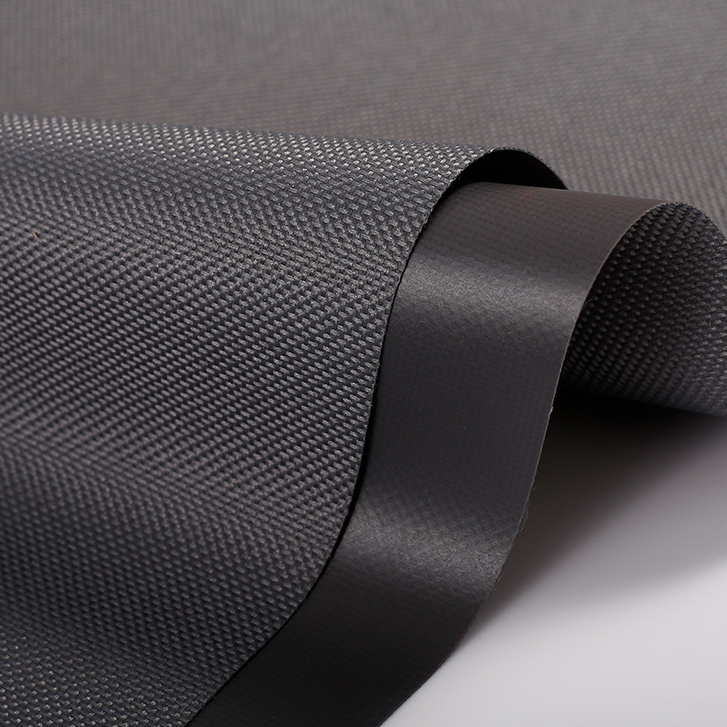Knowledge
Why is my pop-up tent canopy cracking?
If you’ve invested in a high-quality pop-up tent canopy for your outdoor events, picnics, or market stalls. It’s been a reliable companion for a while, providing shelter and shade when you need it most. But one day, as you’re setting it up, you notice small cracks appearing in the fabric. These seemingly insignificant imperfections soon grow, compromising the integrity of your once-dependable shelter.
The consequences of a cracking tent canopy can be far-reaching. Not only does it diminish the aesthetic appeal of your setup, but it also leaves you vulnerable to the elements, potentially ruining your outdoor plans or damaging your goods. Moreover, replacing a pop-up tent canopy can be a significant expense, especially if you find yourself doing so frequently. This begs the question: Why is your pop-up tent canopy cracking, and what can be done about it?
Unraveling the Causes of Tent Canopy Cracking
There are several factors that contribute to the premature deterioration of your pop-up tent canopy. Understanding these causes is the first step in preventing and addressing the issue.
UV Damage from Sun Exposure

Ultraviolet (UV) radiation is perhaps the most notorious culprit when it comes to tent fabric degradation. Most pop-up canopies are made from vinyl or polyester, materials that are susceptible to UV damage over time. Prolonged exposure to sunlight causes the fabric to become brittle and crack, particularly at the points where the canopy connects to the frame.
Improper Storage
Storing your canopy in direct sunlight or damp environments can accelerate fabric breakdown and lead to cracking. It’s crucial to store your tent in a cool, dry place, preferably in its designated storage bag when not in use.
Physical Stress
Mechanical shocks from strong winds, heavy rain, or physical wear and tear can cause tears and cracks in your tent fabric. This is especially true if the canopy isn’t properly secured or is frequently exposed to harsh conditions.
Material Fatigue
Over time, the repeated stress of setting up, taking down, and exposure to various environmental conditions can lead to fatigue in the canopy tent material, ultimately resulting in cracks.
Material Defects
Sometimes, the quality of the material itself is a factor. Lower-quality tent fabrics may not withstand environmental stresses as well as higher-quality tent fabric.
Manufacturing Defects
Issues with sewing techniques during production can create weak points in the fabric that are more prone to cracking.
Frame Damage
If the frame of your pop-up tent becomes bent or damaged, it can place additional stress on the canopy fabric, leading to tears or cracks, especially at connection points.
Mishandling
Rough handling during setup or takedown can cause small tears that develop into larger cracks over time.
Preventing the Crack: Strategies for Longevity
Now that we understand why pop-up tent canopies crack, let’s explore some preventive measures to extend the life of your outdoor shelter.
UV Protection
Apply a UV-resistant spray to your tent fabric to shield it from harmful rays. Alternatively, opt for “UV-resistant fabric” when purchasing a new canopy. Keep in mind that UV protection treatments are not permanent and will need to be reapplied periodically.
Proper Storage
When not in use, store your tent in a cool, dry place. Avoid leaving it exposed to the elements for extended periods.
Regular Maintenance
Inspect your tent regularly for signs of wear and tear. Patch small holes and tears promptly to prevent them from becoming larger issues.
Careful Handling
Exercise caution when setting up and taking down your tent to avoid putting unnecessary stress on the material.
The Quest for the Uncrackable Tent: Exploring Durable Fabric Options
While no tent fabric is entirely immune to cracking, some materials are more resistant than others. Let’s delve into the world of tent fabrics to find the most durable options available.
Weight Matters
Generally, heavier and thicker fabrics are more robust and less likely to tear. However, this increased durability comes at the cost of added weight, which may require a sturdier tent frame for support.
Material Showdown: Nylon vs. Polyester
When it comes to strength, nylon outperforms polyester. Nylon fibers have a higher tensile strength, making them more resistant to tearing and cracking. However, polyester has its advantages, such as better UV resistance and quicker drying times.
Protective Coatings

Fabrics with PU (polyurethane) or PVC (polyvinyl chloride) coatings can significantly enhance tear resistance, strength, and abrasion resistance. These coatings add an extra layer of protection against the elements and physical stress.
Ripstop Technology

Ripstop fabrics are engineered to be more durable and resistant to tearing. This technology incorporates thicker fibers into the weave at regular intervals, creating a grid-like pattern. If a tear does occur, it’s less likely to spread beyond the reinforced grid.
Conclusion: Investing in Longevity
Understanding why your pop-up tent canopy is cracking is the first step towards preventing this frustrating issue. By considering environmental factors, material quality, and proper care techniques, you can significantly extend the life of your outdoor shelter.
When shopping for a new pop-up tent canopy, prioritize UV-resistant materials, consider ripstop fabrics, and look for protective coatings. Remember that while more durable fabrics may come with a higher initial cost, they can save you money and hassle in the long run by resisting cracks and tears.
Ultimately, the key to a long-lasting pop-up tent canopy lies in a combination of quality materials and proper care. By investing in a high-quality tent and following the preventive measures outlined in this article, you can ensure that your outdoor shelter remains a reliable companion for many events to come.
Whether you’re a weekend camper, a market vendor, or an event organizer, a durable, crack-resistant pop-up tent canopy is an invaluable asset. Armed with this knowledge, you’re now better equipped to make informed decisions about your outdoor shelter needs and maintain your investment for years to come.
